Description
Product Model: 1C31166G01
Product Brand: Emerson (Ovation)
Product Series: Serial Link / Communication Interface
Product Features:
- Supports RS-232 and RS-485 serial link communication for Ovation systems
- Acts as a link controller / serial interface module between control and I/O devices
- Rugged design for industrial use, commonly deployed in DCS I/O racks
- Repairable and supported, with options for rush repair (2–4 weeks standard)
- 1C31166G01
Product Role & System Fit
The EMERSON 1C31166G01 is fundamentally a serial link controller module within the Emerson Ovation DCS architecture. Its job is to bridge communication between the central control logic and peripheral I/O modules (or field interface modules) via serial protocols (commonly RS-232 or RS-485). In other words, it serves as a communications “hub” or interface layer within the I/O shelf.
In many Ovation I/O rack arrangements, you’ll see the 1C31166G01 inserted into a base slot, connecting via the backplane, and linking to remote modules (or branch devices) through serial wiring. Its flexibility in supporting both RS-232 and RS-485 gives designers latitude in wiring topology—point-to-point or multi-drop networks.
Because it is a communication module rather than a control or I/O card per se, the 1C31166G01 doesn’t process logic or analog/digital signals; instead, it ensures that data, commands, and responses travel reliably across the distributed architecture. In expansions or retrofits, it often becomes a bottleneck or upgrade point when serial communication speeds or node counts exceed its capabilities.
In systems that support redundancy, you may see dual 1C31166G01 modules wired in parallel, so that failure in one link path does not interrupt the control system’s communication. Engineers must ensure the supporting I/O logic and network design support failover. Because this module is shared across many loops, choosing a robust, well-tested module is critical to system uptime.
Applications & Industry Context
Serial link controllers like EMERSON 1C31166G01 are ubiquitous in DCS systems, because many of the field interface devices or I/O modules still use serial protocols. In legacy plants or midlife control systems (oil & gas, power generation, petrochemical, water/wastewater, pulp & paper), you’ll often find these link modules servicing temperature, pressure, flow, discrete and analog I/O across multiple branches.
In a thermal power plant, for example, multiple I/O modules in a condenser monitoring rack might be daisy-chained via RS-485 to the 1C31166G01, which in turn communicates with the central controller. If you upgrade to new sensors or expand branch nodes, the link controller’s capacity becomes a design constraint.
In control rooms, engineers often monitor link health. Because serial lines are prone to noise, ground loops, and signal degradation over distance, a failure or degraded link can silently corrupt data. A well-implemented 1C31166G01 module helps mitigate such problems, especially when combined with proper wiring and shielding practices.
In hydroelectric plants or water treatment facilities, where I/O nodes may be physically spaced, the flexibility of RS-485 multi-drop via a link card like 1C31166G01 makes it easier to distribute I/O without massive parallel cabling.
Because the module supports repair (with standard repair time of 2–4 weeks) and is offered via multiple aftermarket sources, it’s often used as a swap-in replacement in field outages. In many retrofit jobs, engineers choose to keep a pre-tested spare 1C31166G01 to reduce downtime risk.
Technical Features & Benefits
Let’s explore the internals and benefits of EMERSON 1C31166G01:
1. Dual-Protocol Serial Support
One of the standout features is compatibility with RS-232 and RS-485 serial interfaces. This gives the module flexibility in connecting to diverse nodes—RS-232 for shorter, point-to-point wiring; RS-485 for multi-drop topologies. This flexibility simplifies expansion in I/O networks.
2. Robust Communication Integrity
The module is designed to handle industrial noise, maintain signal integrity over long runs, and guard against common issues like ground differentials or line interference. Emerson’s design allows reliable data passing even under challenging electromagnetic conditions common in process plants.
3. Backplane Integration
Within the I/O rack, 1C31166G01 plugs into the backplane, drawing communication and power buses, while passing external serial links outward. This integration keeps the module tidy, reduces external wiring complexity, and isolates internal vs. external signal paths. Documents note that in the Ovation I/O reference manual, 1C31166G01 is among the defined serial link controllers in the I/O module listing.
4. Repairability & Support
Because many critical control systems run for decades, ease of repair is a key advantage. The 1C31166G01 is supported under repair cycles (standard 2–4 weeks) and via vendors that stock refurbished or new units. That means you can often replace field failures rather than scrapping the module or redesigning wiring topology.
5. Proven in Legacy and Modern Systems
While not the newest interface paradigm (compared to Ethernet or fiber optics), serial links remain in many control systems, and the 1C31166G01’s track record means engineers understand its behavior, failure modes, and wiring caveats. In retrofits, it’s a low-risk drop-in for hybrid systems.
6. Compact Industrial Form Factor
While exact dimensions are less commonly published, the module is lightweight (approx. 310 g per some listings) and designed for rack use. Its compactness allows it to be placed among other I/O modules without consuming undue space.
From field experience: in a process control upgrade project, when a serial link path started dropping packets during startup surges, we swapped in a refurbished 1C31166G01 (pre-tested) in under an hour and restored communications—whereas replacing a monolithic Ethernet switch would have required more complex re-routing. The ruggedness and known behavior of the module saved hours of plant upset.
Technical Specifications Table
Below is a spec summary drawn from published sources and context. Some values may be inferred; please confirm from official Emerson documentation.
| Parameter | Value / Range | Notes / Conditions |
|---|---|---|
| Communication Protocols | RS-232 and RS-485 | Dual-mode serial links |
| Function | Serial Link Controller / Interface | Bridges Ovation system and external I/O or nodes |
| Repair Turnaround | 2 to 4 weeks (standard) | Rush repair options available |
| Alternate Part Number | Westinghouse 1C31166G01 | Common alias |
| Weight | ~310 g (≈ 0.31 kg) | As listed by some vendors |
| Discontinued Status | Yes | Documented as discontinued by some sources |
| Module Category | Ovation Link / Comms | Appears under “Serial Link Controller” in I/O module catalog |
| Mounting | I/O Rack / Backplane | Integrated into standard I/O rack slots |
| Application Environment | Industrial / Process Control | Designed for DCS and harsh industrial settings |
Installation & Maintenance Insights
To deploy and maintain EMERSON 1C31166G01 reliably, here are field tips and best practices:
- Mounting and orientation: Place the module in the designated I/O rack slot. Ensure it’s fully seated into the backplane interface. Keep clearance for heat dissipation and avoid blocking airflow from other modules.
- Wiring practices: Use shielded serial cables for RS-485/RS-232 lines, and ground the cable shielding at one end (preferably the controller/host side) to prevent ground loops. Avoid routing these cables near high-voltage power lines or heavy current-carrying cables to reduce interference.
- Signal termination and biasing: For RS-485 multi-drop lines, properly terminate the differential pair at the ends of the run. Some systems may require bias resistors or fail-safe resistors to maintain stable idle levels.
- Power down before insert/removal: While some racks may support hot-swap, best practice is to remove power before inserting or removing the 1C31166G01. That avoids transient spikes or backplane bus disturbances.
- Commissioning / loop checks: After installation, run diagnostic tools or monitoring software to ensure the link is active, error-free, and maintaining expected throughput. If you see repeated CRC or framing errors, inspect the cable quality, connectors, or ground references.
- Periodic inspections: At scheduled outages, inspect connectors for corrosion, re-torque terminal screws, and ensure backplane alignment is intact. Dust or debris in rack enclosures can degrade connector contacts—vacuum or clean gently.
- Spare strategy and burn-in: Maintain a pre-tested spare 1C31166G01 in your inventory, ideally pre-configured with firmware or address settings. Before placing into service, perform a burn-in test (run communications and monitor error rates) to weed out latent issues.
Given that this module often sits at a network intersection, a careless loose wire or connector in this module can impact many control loops. A disciplined wiring, maintenance, and spare policy pays off in uptime.

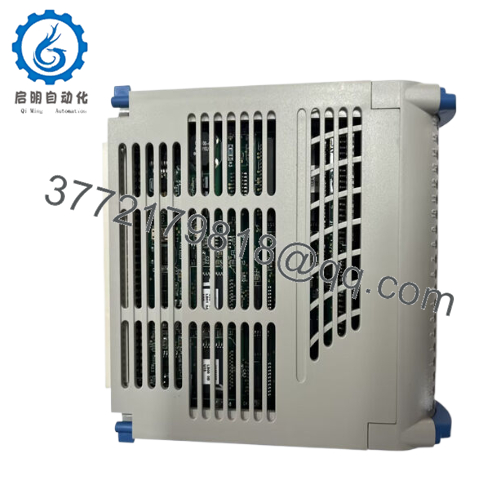
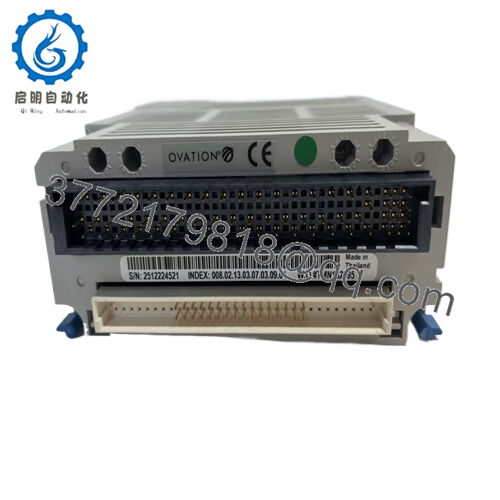
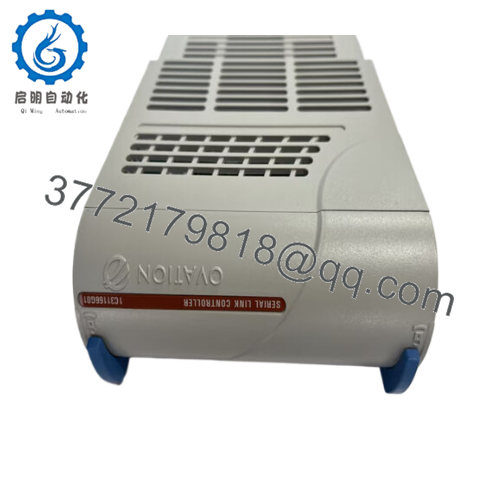
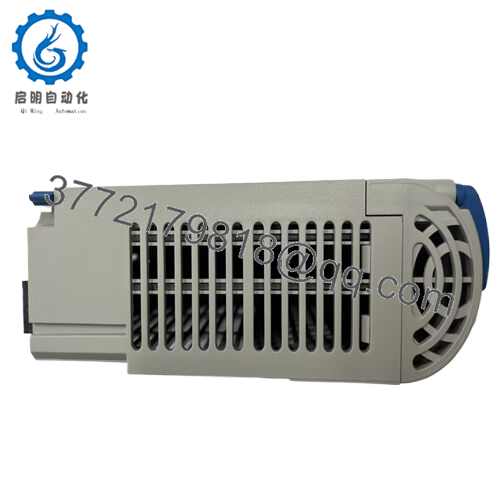
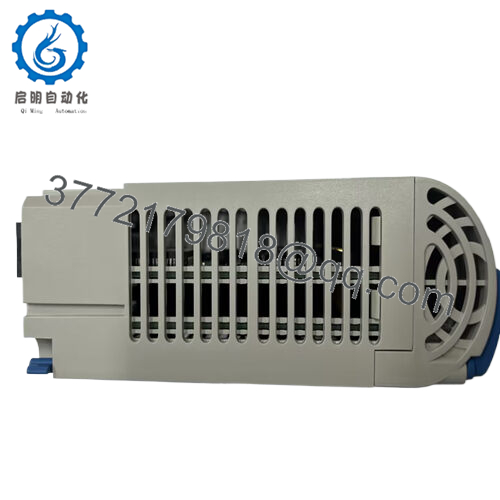
 WhatsApp: +86 16626708626
WhatsApp: +86 16626708626 Email:
Email:  Phone: +86 16626708626
Phone: +86 16626708626


